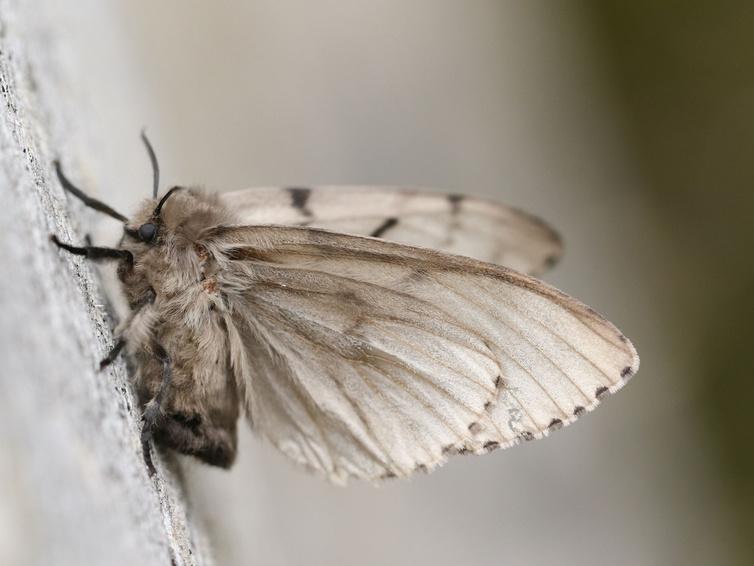
1 minute read
SPONGY MOTH
The Emergence of the Spongy Moth
ByDevenMetoxen-Hamilton
Advertisement
SpongyMothvia TreeHugger
The Spongy moth has been recently gaining the attention of the media due to its former name. If the “spongy moth” is an unknown name, it is because this insect was previously known as the “gypsy moth” . The reason for the name change is due to the word “gypsy” being considered a derogatory term for people of Romani descent. In 2021 the Entomological Society of America’s Better Common Names Project reviewed any names that included or could include any derogatory and inappropriate terms with the specie’s common name. The name “spongy moth” comes from the egg mass of the insect due to its soft and spongy consistency. Aside from the Name change the spongy moth has been an invasive pest of Wisconsin for decades and can still be a serious defoliator of many hardwood trees in yards and forested areas. These pests are very dynamic, and the population can explode under the right conditions and lead to extensive defoliation. The egg-laying process plays an important role in these dynamic as female spongy moths egg masses can have up to 1,000 eggs. These egg masses can be found on trees, stacked boards, piles of wood, and even vehicles. The removal or destruction of the egg masses could help reduce the local population. One method used for disposing of the egg masses is to scrap them into a container of soapy water and set them aside for a couple of days before discarding them into a garbage bin.







